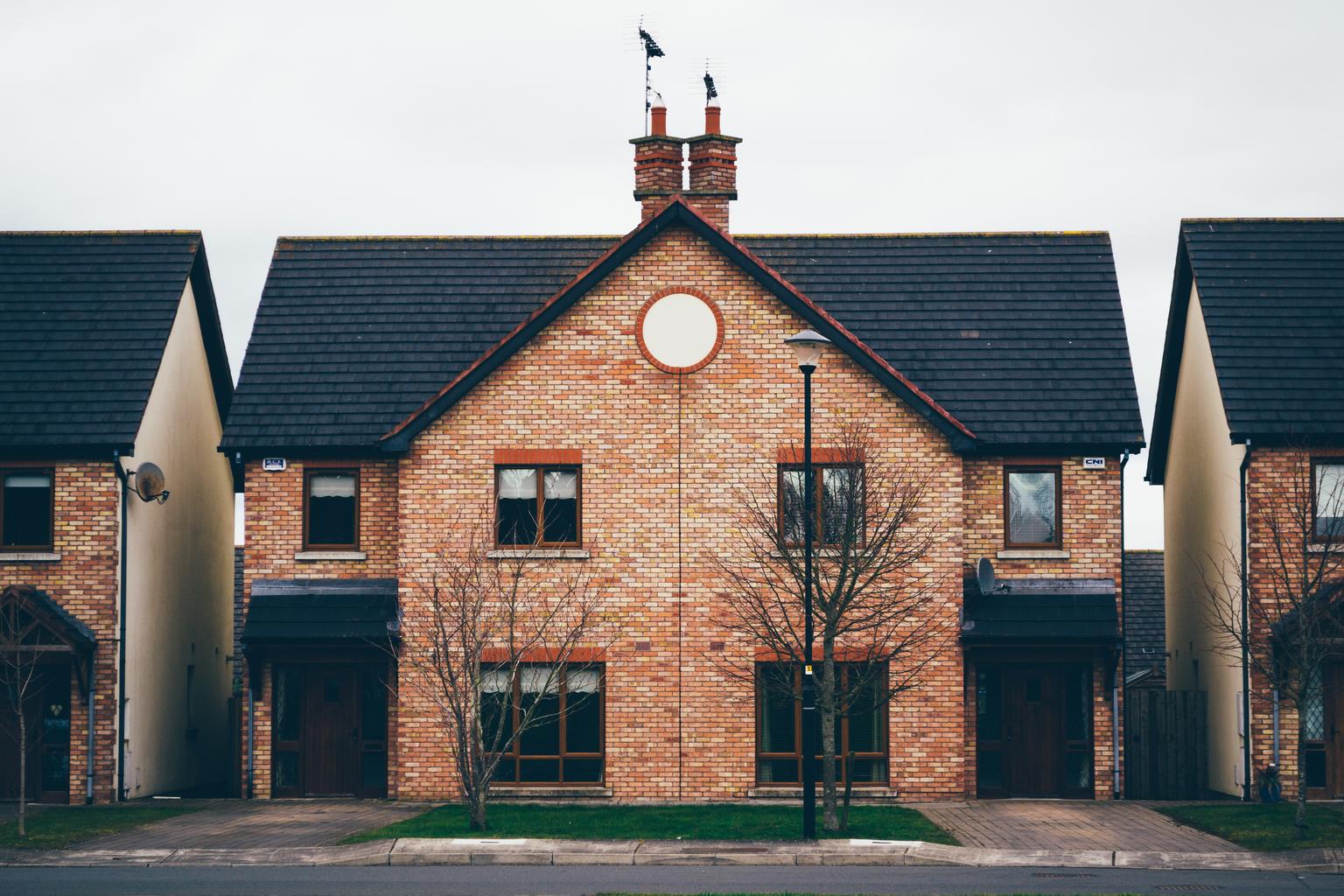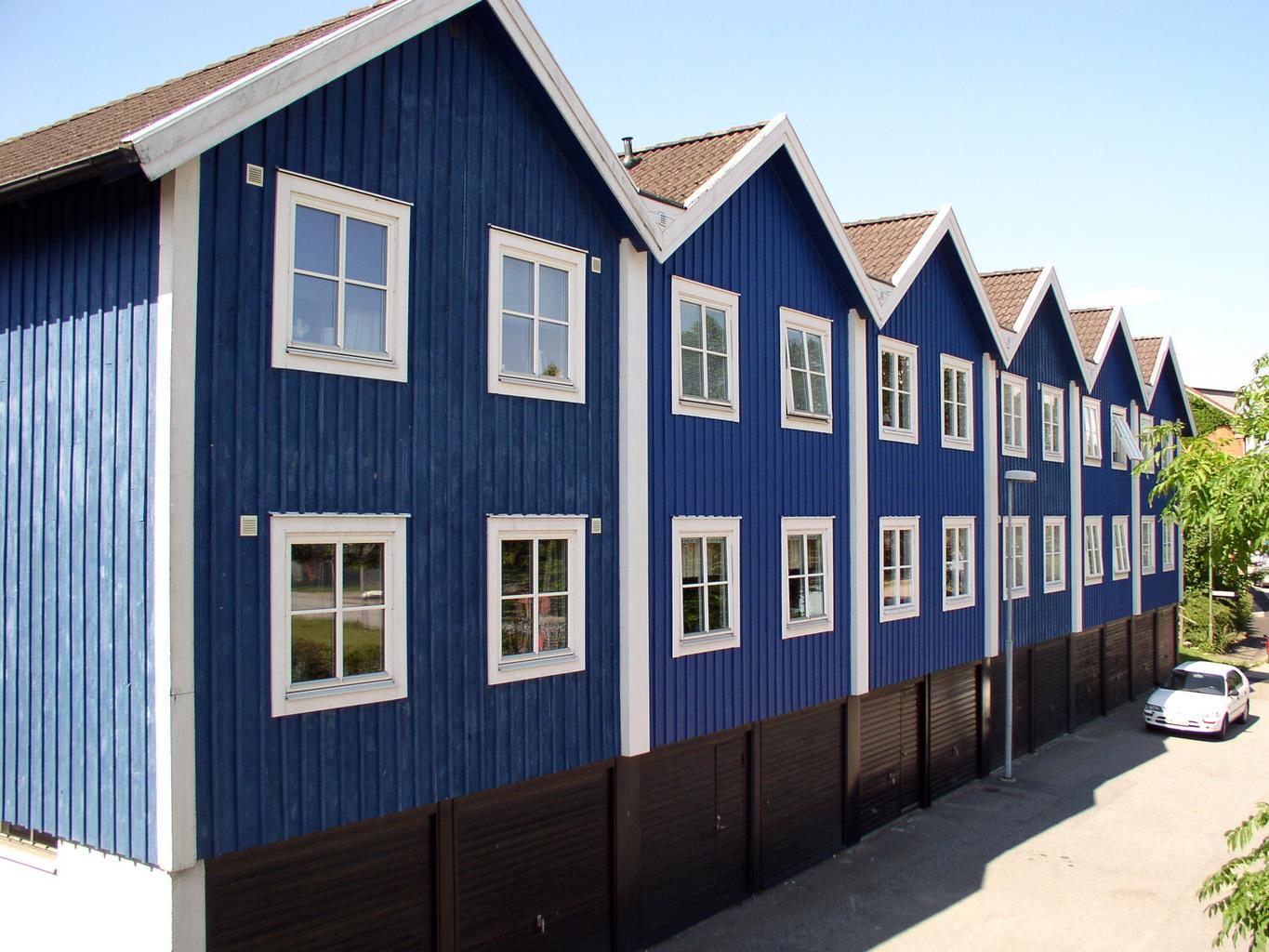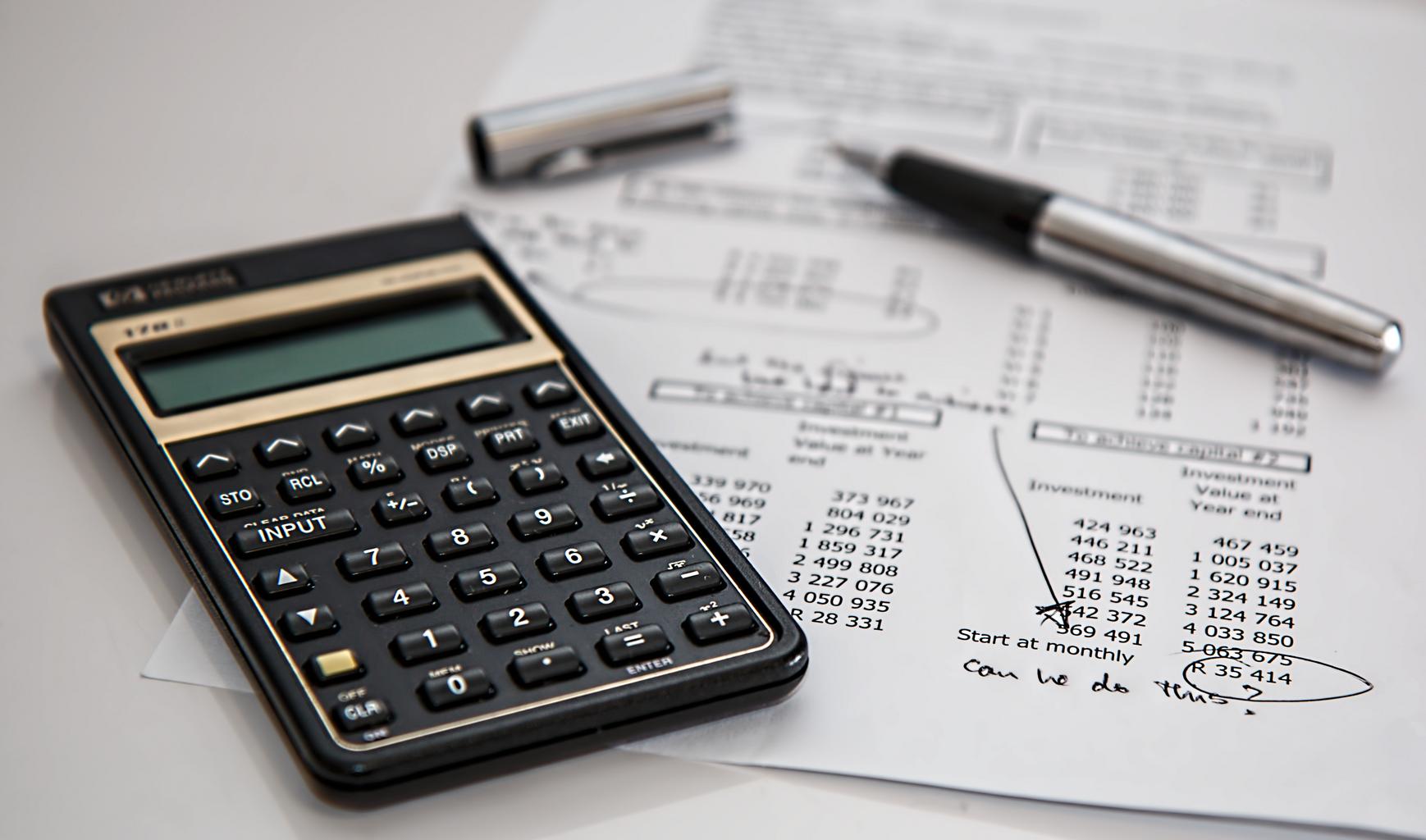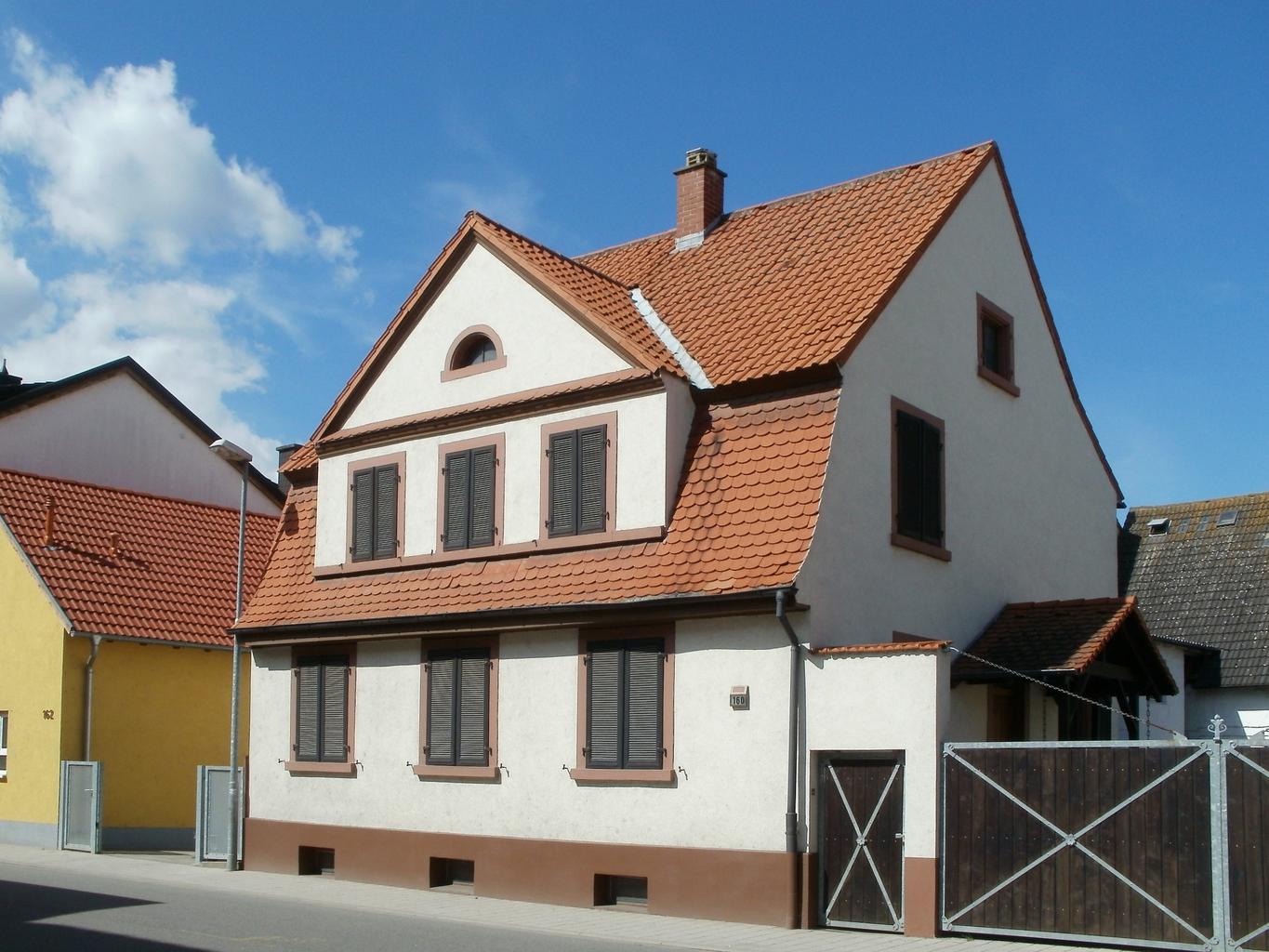

Learn How to Finance Canadian Houses for Sale Without Sacrificing Your Savings
Understanding Your Budget and Affordability for Canadian Houses for Sale
Buying a house is exciting, especially when you’re looking to finance your dream Canadian house for sale. However, it can also be overwhelming if you're unsure how to manage your finances. With the right strategies, you can secure your home without putting yourself under financial strain. Let’s explore how to finance your dream Canadian house for sale in a smart, manageable way. The first step in any home-buying journey is figuring out how much Canadian house for sale you can afford. Knowing your financial health is essential—your credit score, income, and debts will all play a role in what financing options are available to you. It’s important to remember that additional costs like property taxes, insurance, and maintenance can significantly affect your monthly budget. Setting a realistic budget also involves calculating the maximum mortgage payment you can comfortably manage. Many homebuyers use mortgage calculators to get a sense of what their monthly payments might look like, taking into account different interest rates and loan terms.

The Basics of Mortgages for Canadian Houses for Sale
In Canada, homebuyers typically choose between two main types of mortgages: fixed-rate and variable-rate. A fixed-rate mortgage offers stability, with a consistent interest rate throughout the loan term, making it ideal for those who prefer predictable payments. Variable-rate mortgages, on the other hand, may offer lower initial rates but come with more risk as they fluctuate with the market. Choosing the right mortgage term is also crucial. Common mortgage terms range from five to 25 years. A longer term reduces monthly payments but increases the amount of interest paid over time, while a shorter term helps you pay off your mortgage faster with higher payments.

Government Programs for First-Time Buyers of Canadian Houses for Sale
For first-time homebuyers in Canada, government programs like the First-Time Home Buyer Incentive can provide significant help. This program offers shared equity with the government, reducing the mortgage burden and lowering monthly payments (CHMC) . Another valuable option is the RRSP Home Buyers’ Plan (HBP), which allows buyers to withdraw up to $35,000 from their RRSP tax-free to help with a down payment. The withdrawn amount must be repaid over 15 years, and no interest is charged during that period. This can be a great way to access funds for a Canadian house for sale without taking on additional debt (Canada.ca) (RBC) .

How to Improve Your Mortgage Rate
Securing a good mortgage rate can save you thousands over the loan's lifetime. Improving your credit score is one of the most effective ways to get a better rate. Lenders look favorably on borrowers with good credit, as it indicates reliability. Simple actions like paying down debt and avoiding new credit applications can help boost your score. Another way to reduce your borrowing costs is by making a larger down payment. If you can put down 20% or more, you can avoid paying for CMHC mortgage insurance, which can add to your overall costs. Lastly, it’s always smart to shop around and compare rates from different lenders. Getting pre-approved for a mortgage can also lock in a lower rate for a set period (RBC) .
